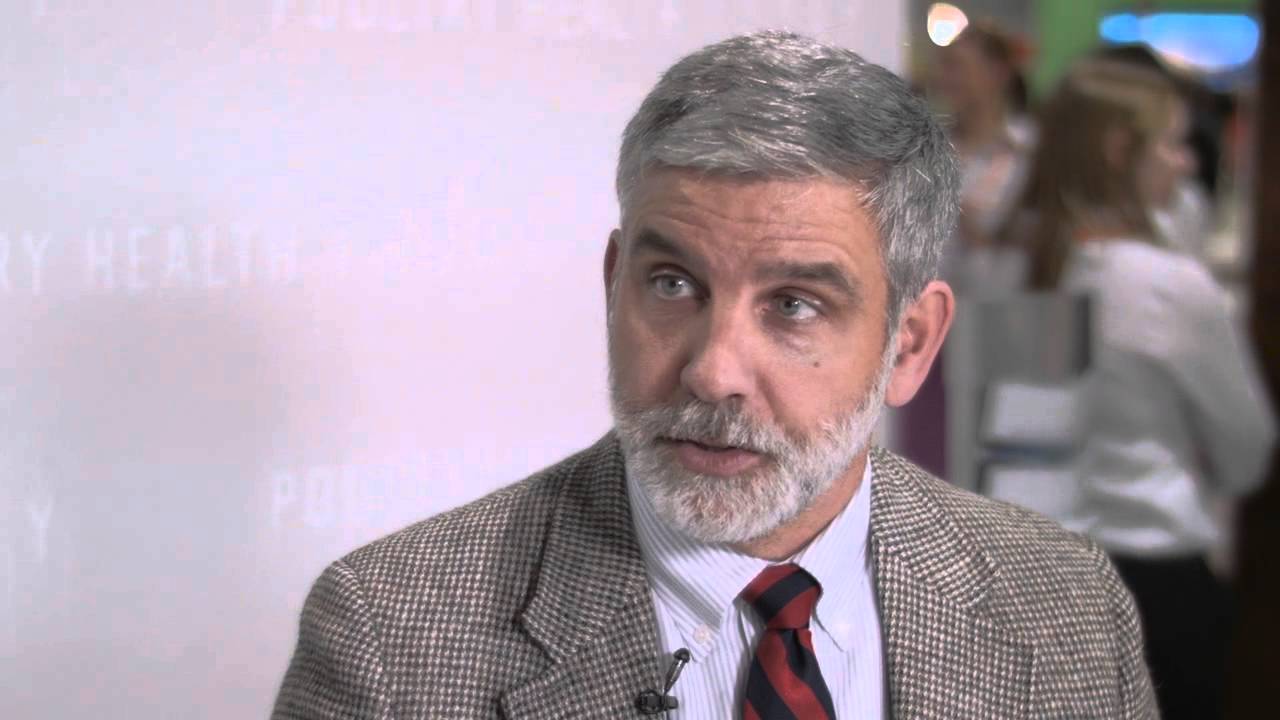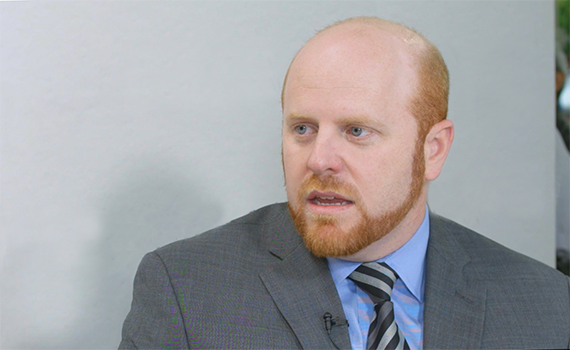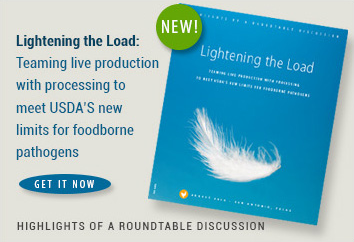How often do poultry vets need to visit farms to meet new VFD criteria?

Part 8 in a series
In an exclusive 90-minute interview with editors from the VFD News Centers and Poultry Health Today, William Flynn, DVM, MS, deputy director for science and policy for FDA’s Center for Veterinary Medicine, clarified some hazy points of the new veterinary feed directive (VFD) regulations that took effect January 1, 2017. In this installment, Flynn discusses the veterinarian-client-patient relationship (VCPR) needs to issue a VFD and how that definition applies to large, integrated, multi-state poultry operations.
VCPRs and the poultry industry
Q: As you know, integrated poultry companies often have several hundred growers spread far and wide. How often does a poultry company veterinarian have to visit a given farm to establish and maintain the VCPR in accordance with the VFD rule?
WF: That question has come up before. It’s a little complicated and there are a couple factors to take into account. This spills over into veterinary practice standards, and you need to look at the requirements of individual states. Some state VCPR definitions specify the frequency of visits. FDA has a list available online that lists each state and tells veterinarians whether their state definition contains key elements of the federal VCPR definition. If it does, they follow their state requirements, and they will need to see if the frequency of visits is specified.
If their state definition does not contain key elements of the federal definition, then they follow the federal definition. Although the federal definition does not specify the frequency of visits, there is some expectation that the veterinarian is familiar with the animal operation.
Although FDA has not established any minimum with regard to the number of visits, there is an expectation that the veterinarian has knowledge of the animal operation.
Another factor to consider is the VFD regulation as it relates to the expiration of the VFD authorization (not to be confused with the expiration of a drug). How long is that VFD authorization for?
There are a handful of VFD drugs with labels that define a specific expiration for authorized use, for example 45 or 90 days. If the time for authorized use is not designated on the product label, the veterinarian has the latitude to write an authorization for a given drug for up to 6 months. The veterinarian would need to provide a new authorization once that 6-month period has elapsed for a VFD drug. In this case, there’s an expectation that a veterinarian would revisit a given operation at least every 6 months.
Editor’s note: See 21 CFR Sec. 530.3 (i) for the federal VCPR definition. Click here to see whether the state versus federal VCPR definition applies to a VFD order.
Q: Let’s say there’s a large integrated poultry operation with hundreds of contract growers with some farms located hundreds of miles away. One of these farms has a respiratory disease outbreak. The veterinarian is familiar with the chicks placed on that farm because they’ve come from the company’s hatchery, and the veterinarian knows there’s a predisposition to a particular respiratory problem a certain time of year. However, the veterinarian either has never visited that particular farm or has not visited it in, say, 18 months. Does the company veterinarian need to go out to that specific farm before issuing a VFD?
WF: FDA has not established any specific criteria as far as the frequency of visitation to maintain a VCPR. In states in which the state VCPR applies, CVM [FDA’s Center of Veterinary Medicine] refers veterinarians to their state authority regarding the frequency of visits. However, there is an expectation that, prior to issuing a VFD, the veterinarian needs to have sufficient knowledge of the animals by virtue of examination and/or visits to the facility where the animals are managed. If the veterinarian has never visited the specific farm where the animals are managed, this may bring into question whether the veterinarian has established a VCPR.
Q: There’s a lot of talk today in the human health-care industry about the value of telemedicine. Would it be acceptable for a veterinarian to issue a VFD based on signs of disease provided by a contract grower via a phone conversation, video or live-video transmission without visiting that farm?
WF: I think as communication technology rapidly advances, we all continue to struggle with where that line is drawn as far as the use of telemedicine and standards. We have expectations that a veterinarian issuing a VFD is familiar with the operations they’re providing services to and that there is some level of visitation and familiarity with those operations.
Clearly, we have not drawn any lines in the sand regarding a minimum threshold for visitation. But I think we’re still not quite at the point yet where we’re comfortable saying that a veterinarian can provide services to operations they’ve never, ever physically laid eyes on. I understand that the situation with integrated operations is somewhat unique, but we have to look at the situation more broadly in terms of all other situations that don’t involve integrated operations and where that line is.
While the thinking on this issue continues to evolve, FDA currently does not believe it is sufficient to establish a VCPR based solely on videos or photos. I think this is also an issue that the veterinary profession is continuing to look at. Obviously, resources are limited and the number of veterinarians is limited in terms of providing access to farms across the country. Today’s technology might be taken advantage of as a way to help.
Q: Is there a situation where the producer or grower might be able to use an iPhone and make a Facetime call with live video so the veterinarian can actually see and hear what’s going on in that poultry house or livestock farm?
WF: Yes, absolutely. I’m sure those kinds of technologies are being used today and can be very helpful in getting real-time information to veterinarians to help them provide services to their clients, the producers. These are great tools that can help in the interim if a veterinarian can only make visitations periodically. But, as noted previously, FDA currently does not believe it is sufficient to establish a VCPR based solely on videos or photos.
I guess the question that remains is what’s the minimum in terms of periodic, physical visits. This is where FDA has not established any minimum other than through the indirect notion that VFD authorizations can’t exceed 6 months and there is an expectation that a farm is being revisited at least on a 6-month cycle.
Posted on February 5, 2017
 We’re glad you’re enjoying
We’re glad you’re enjoying










